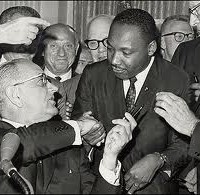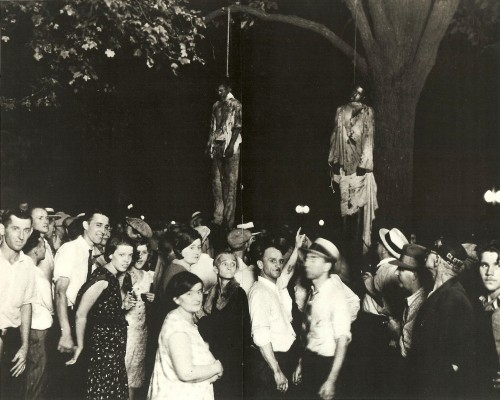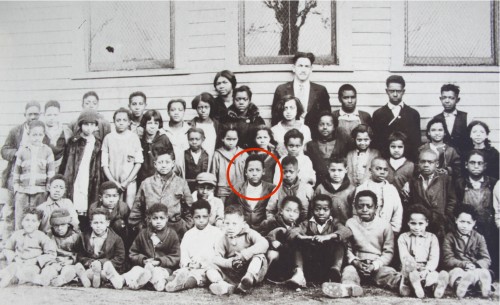Search Results
Reporter Adam Howard examines how sexual harassment impacts Black women through the lens of recent happenings in basketball.
Read More >1964 was a momentous year when President Johnson signed a law that outlawed discrimination based on race, gender, nationality, or religion.
Read More >Through its circulation to Black Americans, this groundbreaking newspapers influenced population demographics and military enlistment.
Read More >A study finds that Black women with breast cancer are not offered information or the chance to join trials for new medications and treatments.
Read More >A CNN report reveals that children experience racial bias at a young age and that bias may be against their own skin color.
Read More >President Obama has encouraged private companies to hire more underprivilege youth, many of whom are Americans of color.
Read More >On a hot August night in 1930, 15,000 people flooded into the small Indiana town of Marion to see a great spectacle. Three black teenagers were being lynched for supposedly raping a white woman and killing a white man. The boys were savagely beaten by a mob of men, women and children. One by one they were hanged. Two died – but with the rope already tightening around his neck, one boy was saved.
The souvenir photo taken of this “spectacle lynching” is very well-known. They say it inspired the song “Strange Fruit,” written by teacher Abel Meeropol and made popular by singer Billie Holiday.
Read More >James Cameron was just sixteen in 1930 when he and two other teens were lynched in Marion, Indiana. His friends were killed but, miraculously, James survived. He spent a year in jail awaiting trial for the murder that triggered the lynching. He was sentenced as an accessory before the fact and served four years in the Indiana Reformatory with hardened adult criminals.
Cameron believed God saved him for a purpose. He left prison resolved to do something “worthwhile and God-like.” He spent the rest of his long life working to help us understand this tragic chapter of American history. Dr. Cameron showed us how to cope with our painful legacy through love, justice, and reconciliation.
Read More >- « Previous
- 1
- …
- 8
- 9
- 10







